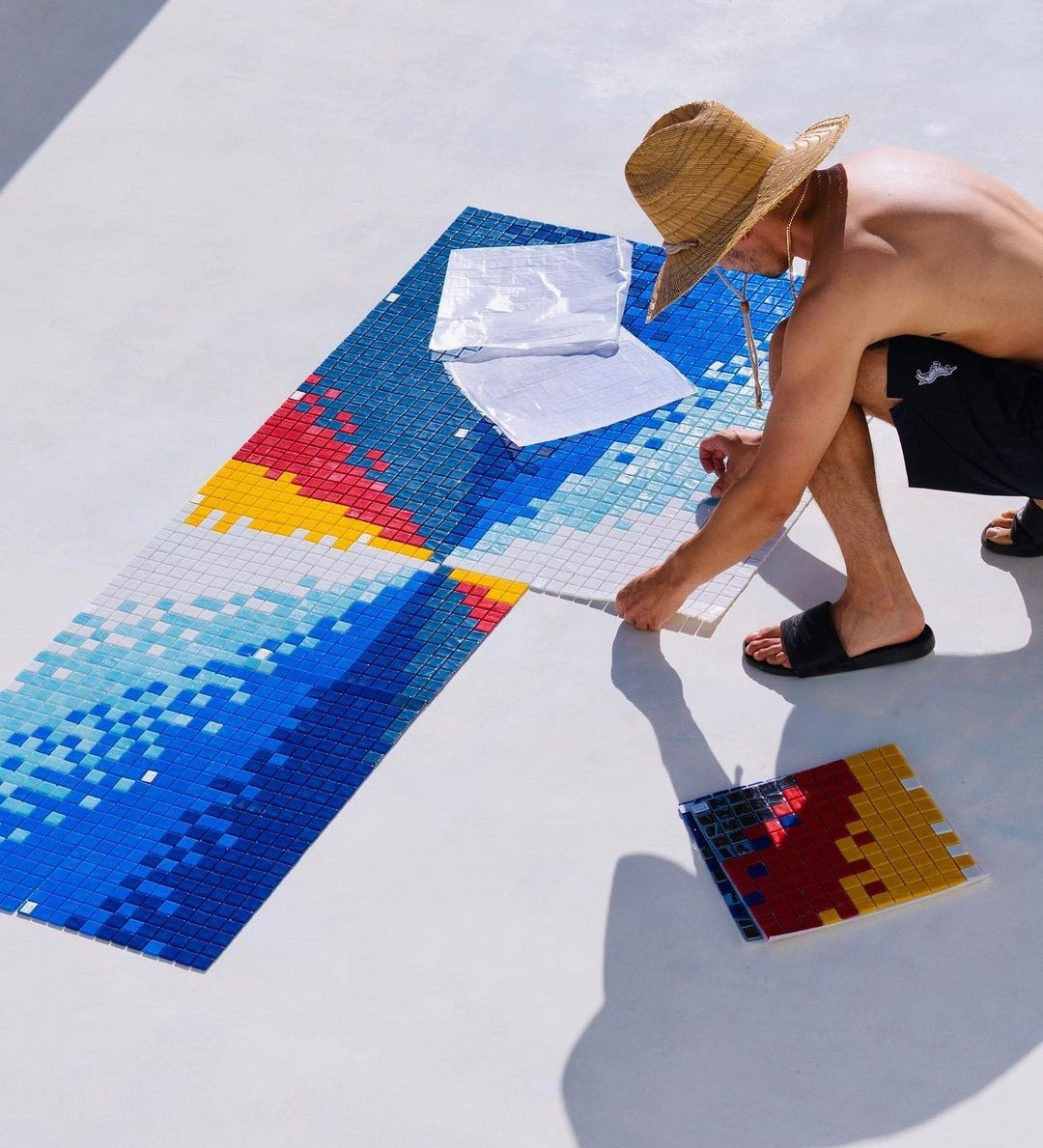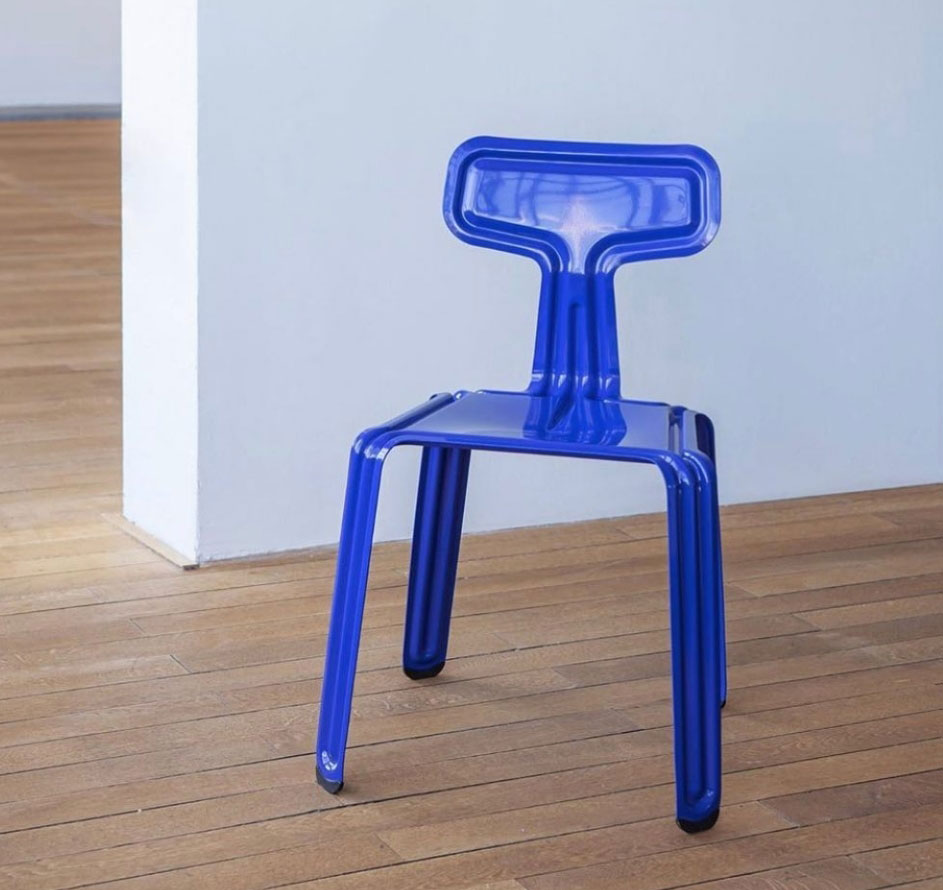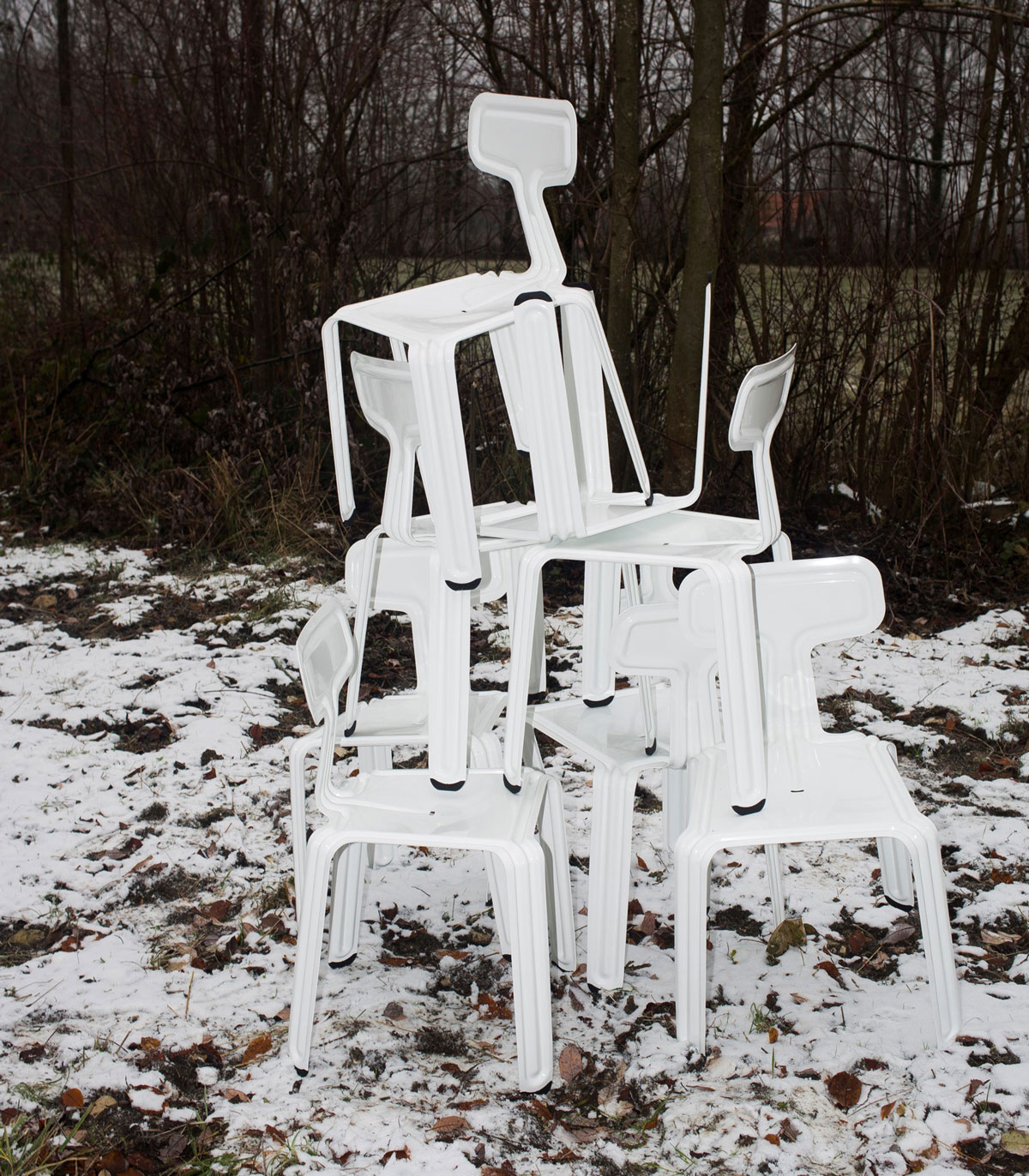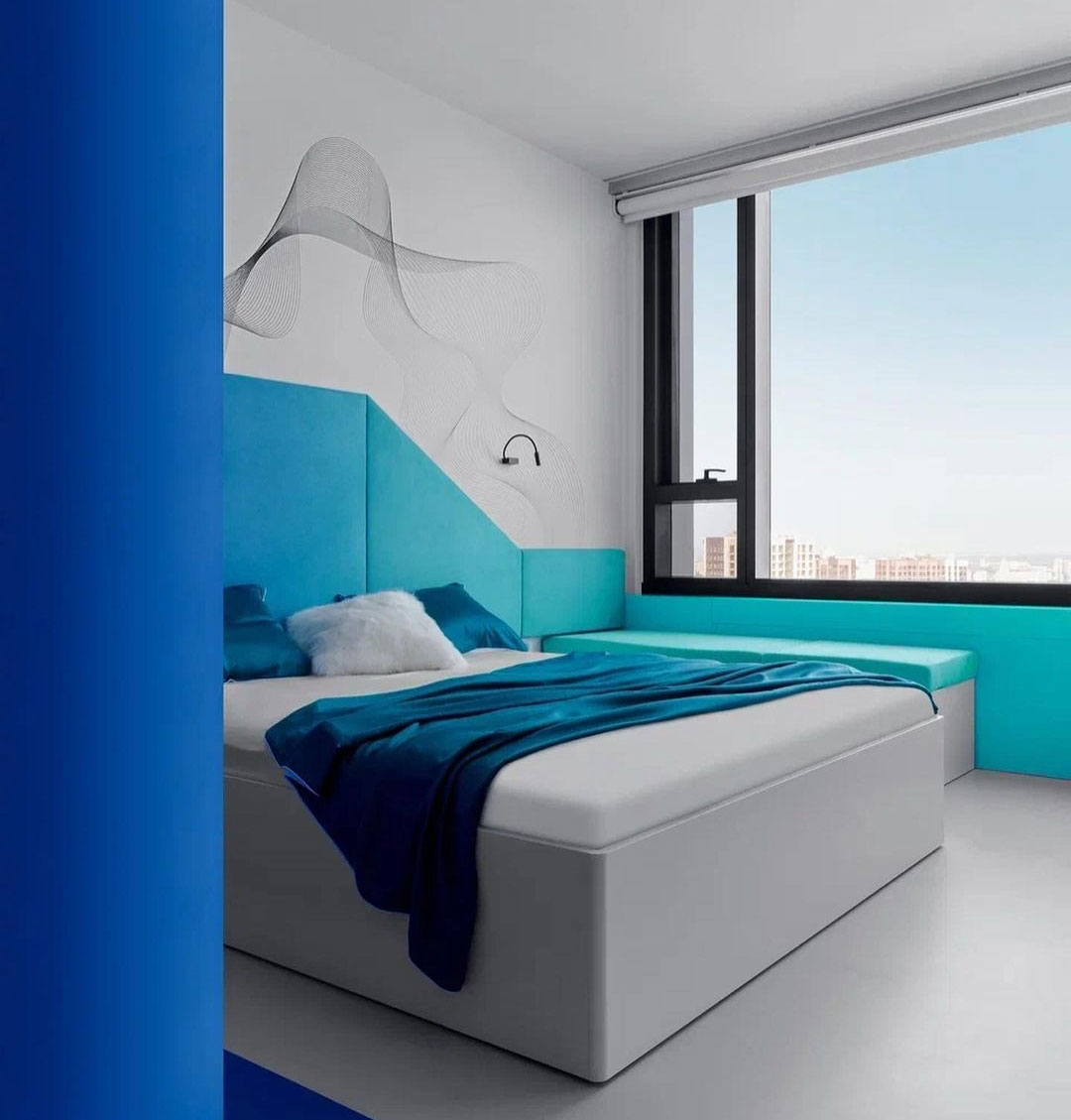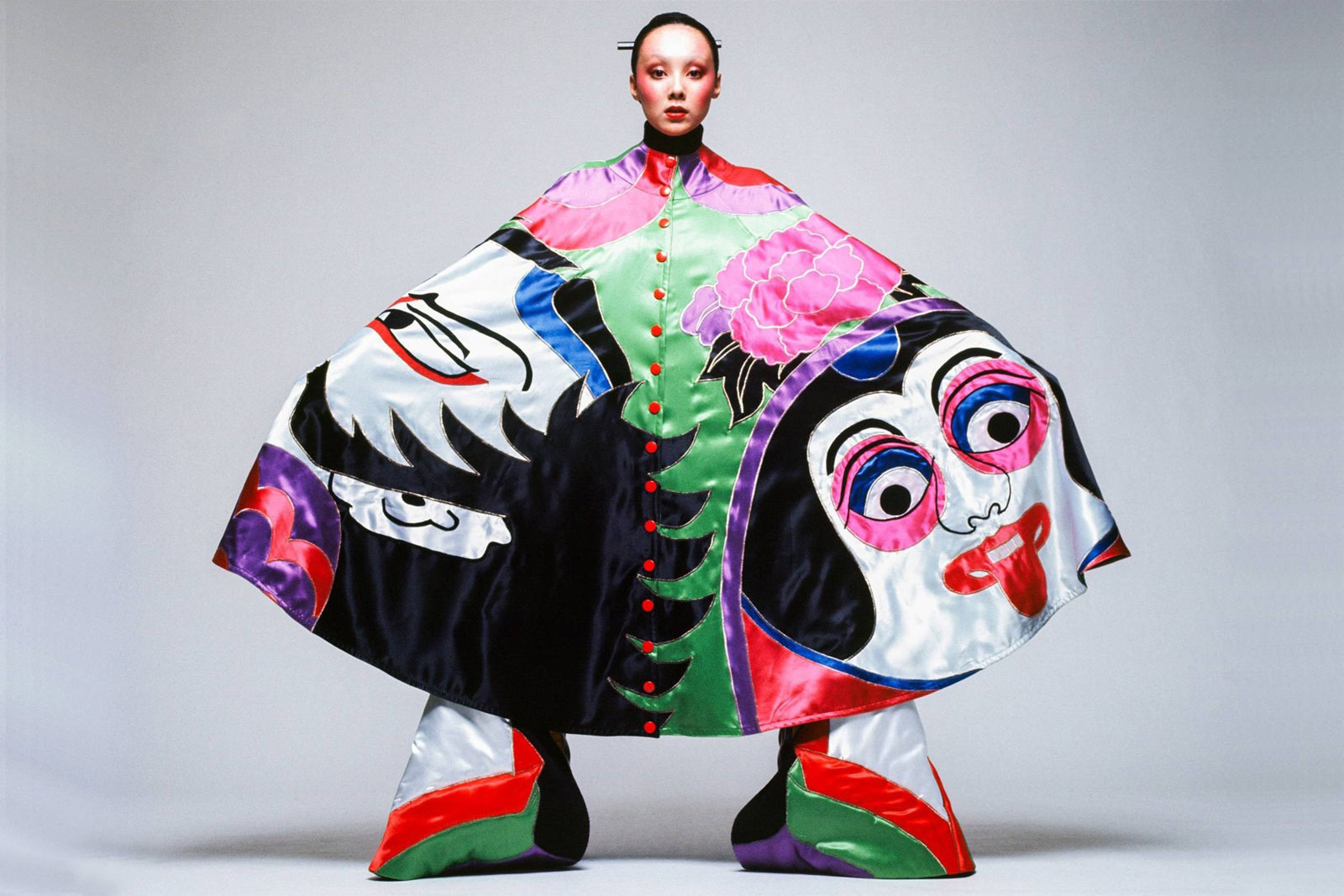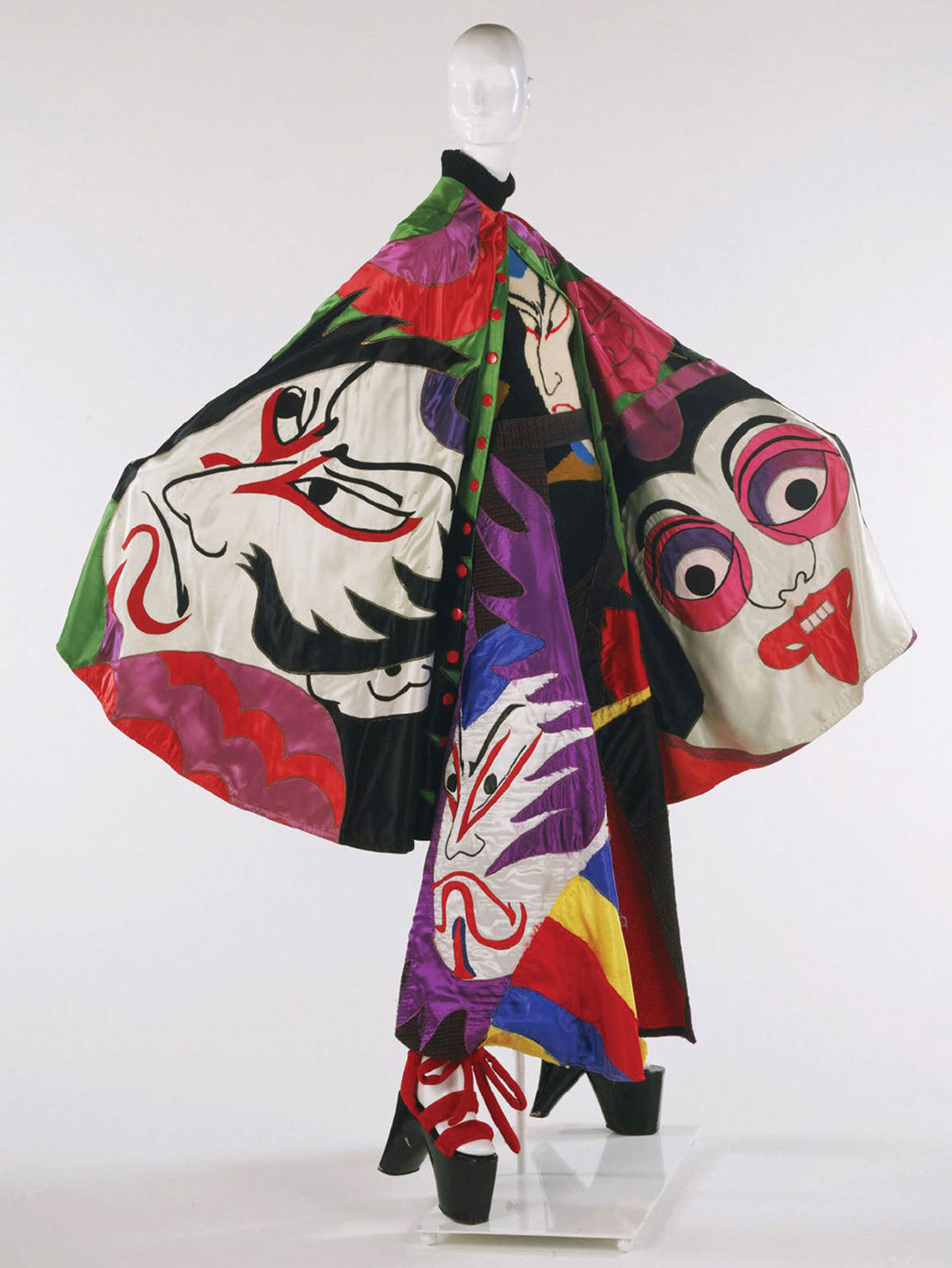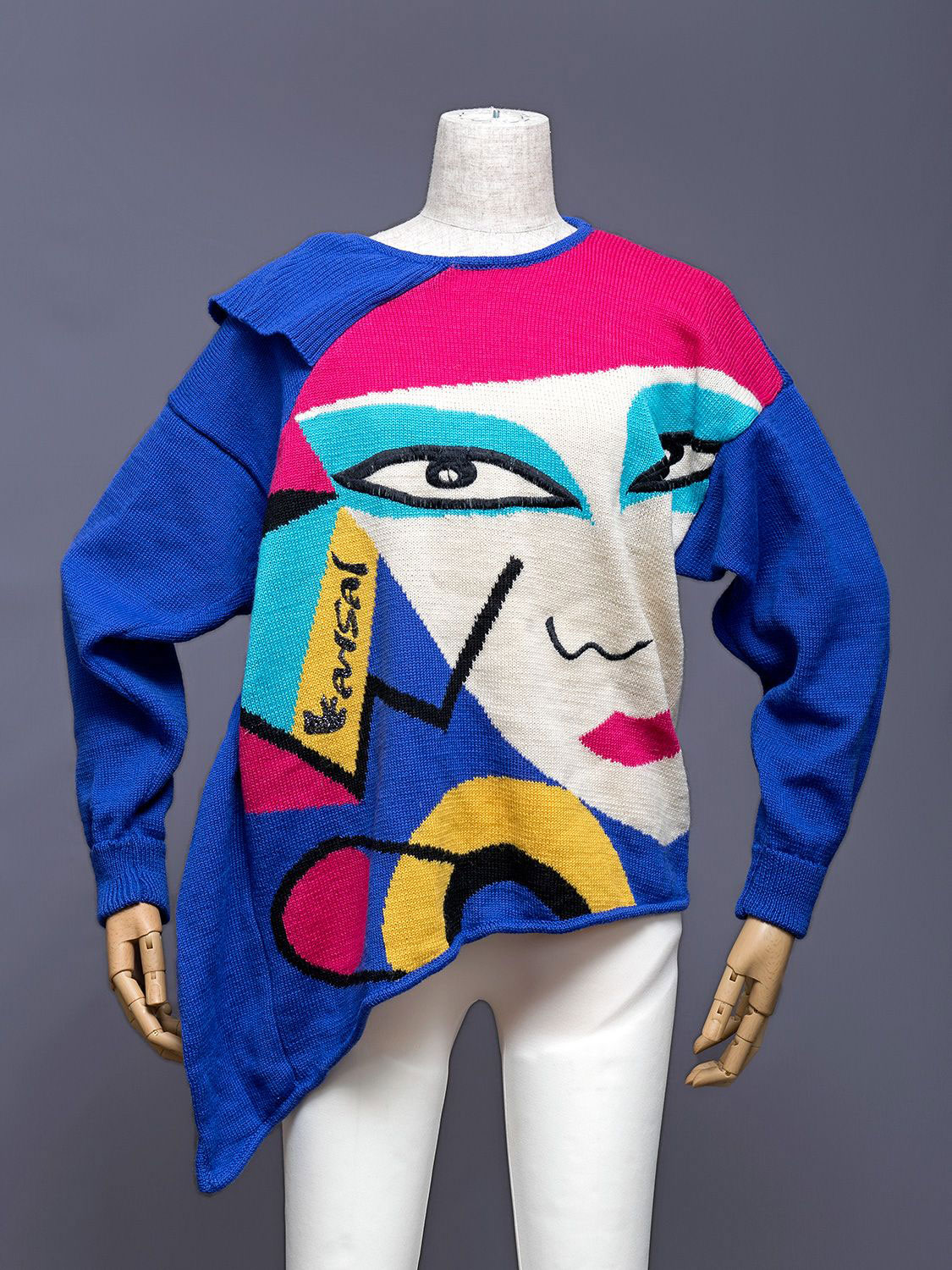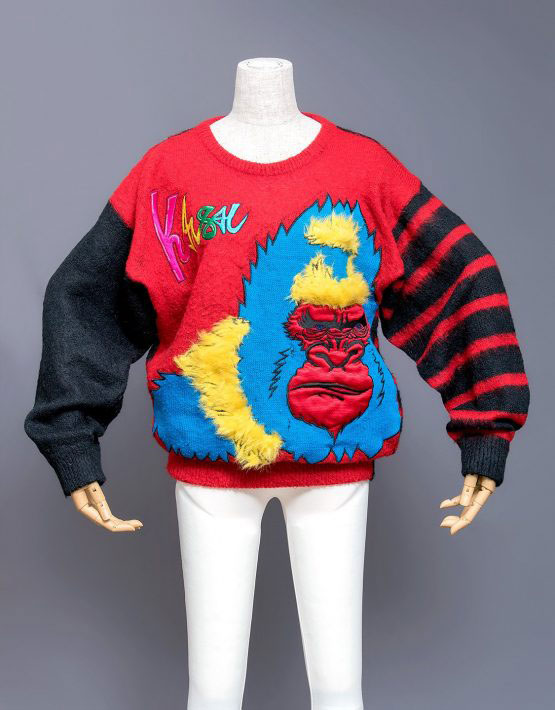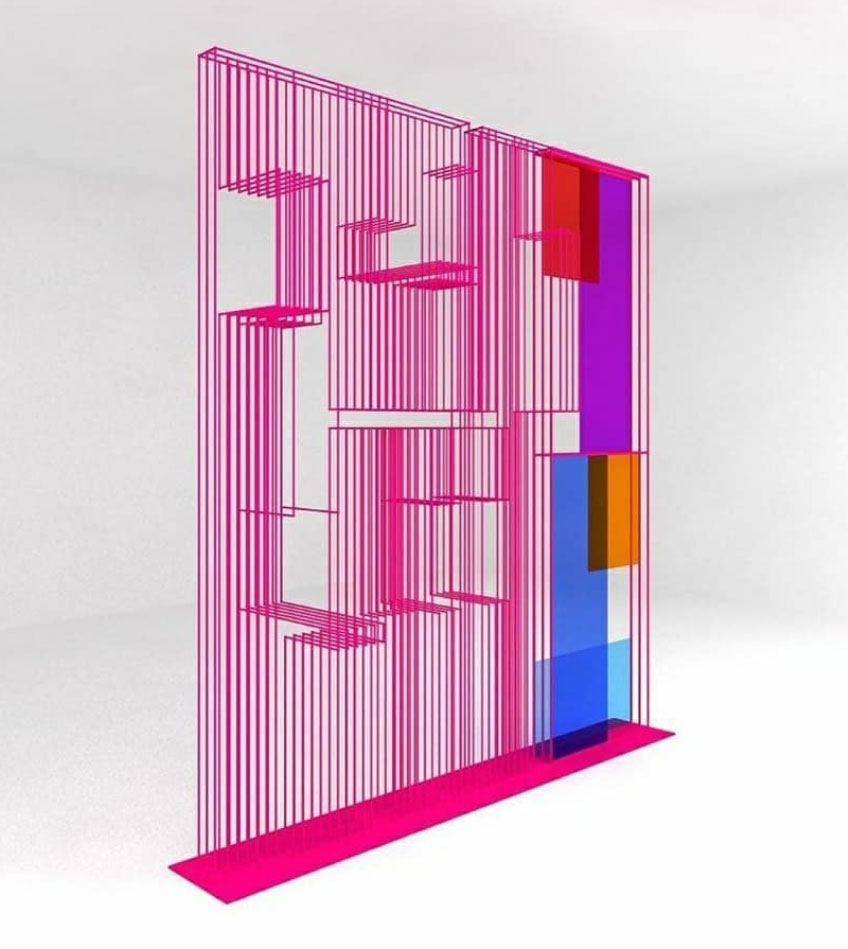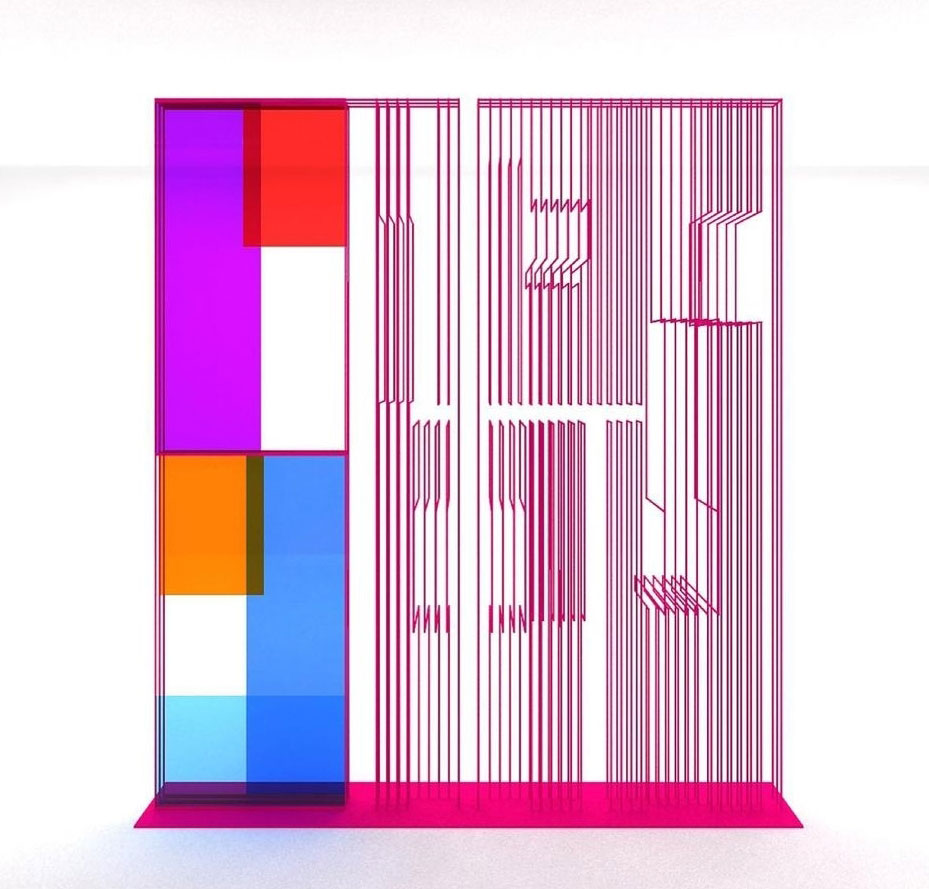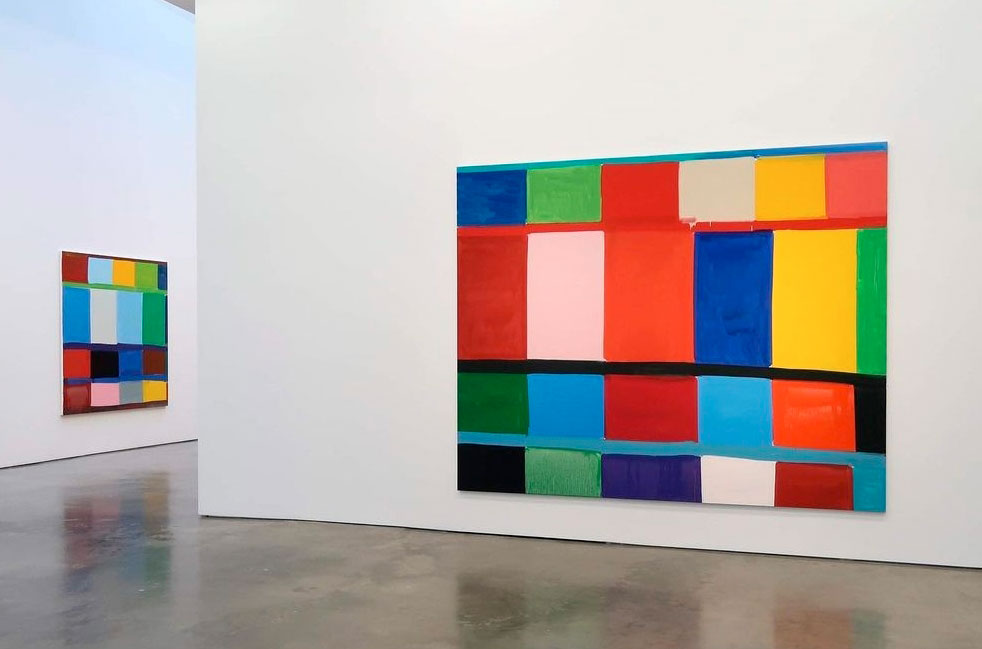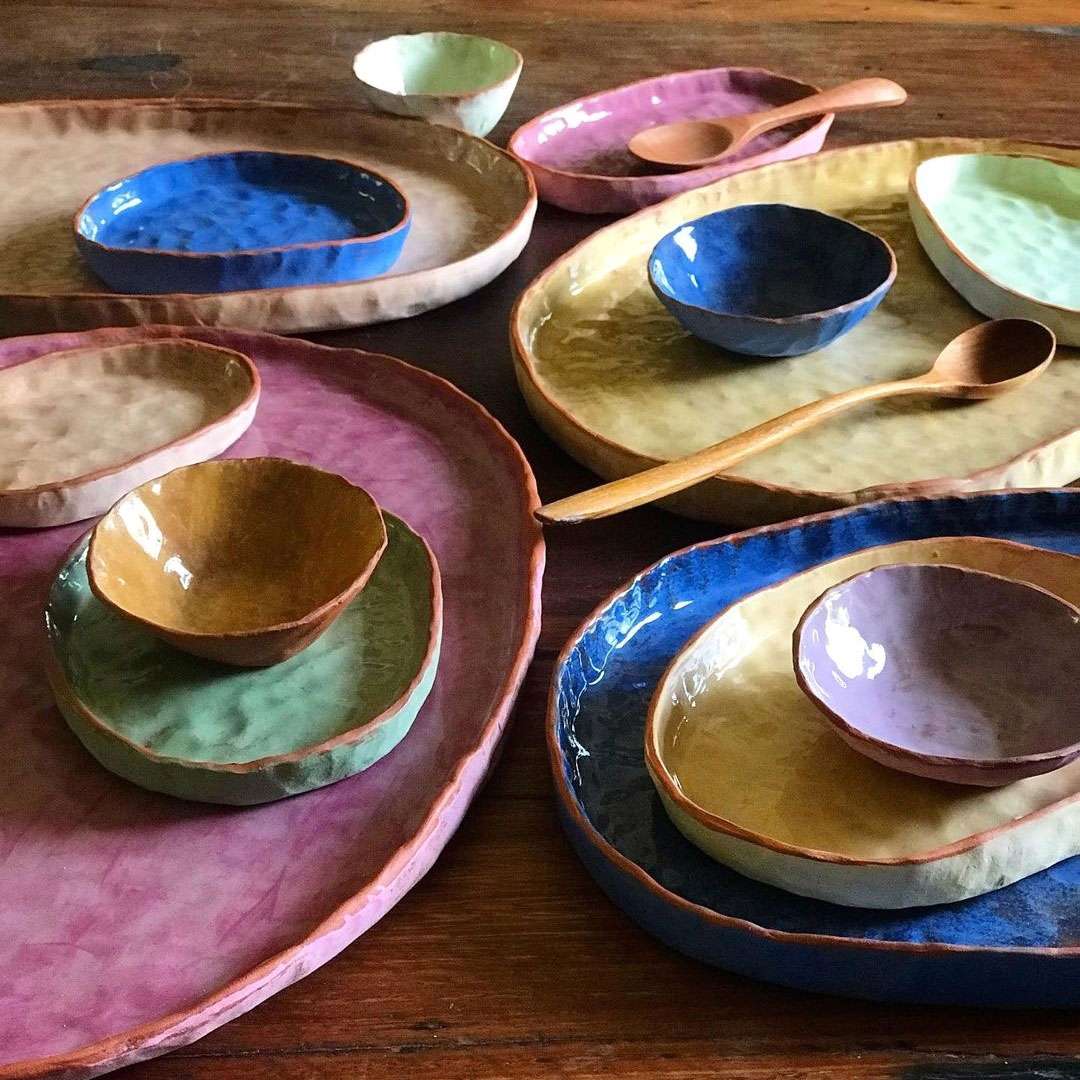BAROCCO VITUALE
DIGITAL ART | VINH
Le avventure del colore proseguono anche nel digitale. Anziché costituire un limite alla sua formulazione e alla sua percezione, offre nuove possibilità espressive.
L’artista digitale Vinh va oltre l’architettura. Crea edifici irreali e mirabolanti grazie a Midjourney, una app particolarmente amata dai progettisti di nuova generazione alla ricerca di simulazioni strabilianti. E le elaborazioni di Vinh sfruttano al meglio le sue risorse: facciate a onde, scalinate vorticose e geometrie super-flessuose si sposano a soluzioni cromatiche di grande fascino.
L’artista australiano (ma di origini vietnamite) genera un paesaggio ultra-artificiale, da fiaba sintetica. Il colore non è un’aggiunta, ma co-protagonista di un immaginario fantastico, dove classico e moderno si fondono con armonia.
Virtual Baroque – The adventures of color also continue in the digital world. Instead of limiting its formulation and perception, it offers new expressive possibilities.
Digital artist Vinh goes beyond architecture. He creates unreal and amazing buildings thanks to Midjourney, an app particularly loved by new generation designers looking for amazing simulations. And Vinh’s elaborations make the most of his resources: wavy facades, swirling stairways and super-flexible geometries are combined with highly fascinating chromatic solutions.
The Australian artist (but of Vietnamese origins) generates an ultra-artificial landscape, like a synthetic fairy tale. Color is not an addition, but a co-protagonist of a fantastic imagination, where classic and modern blend harmoniously.
































